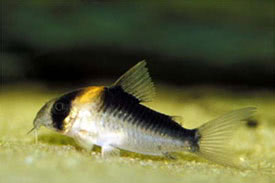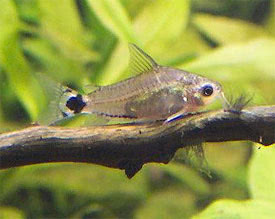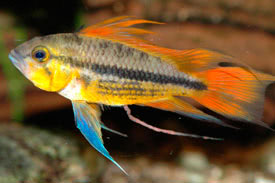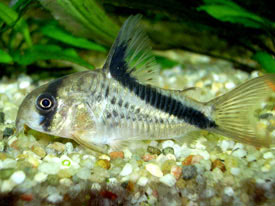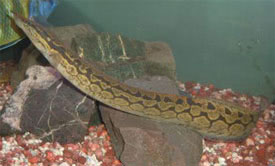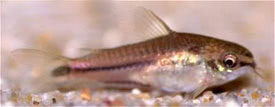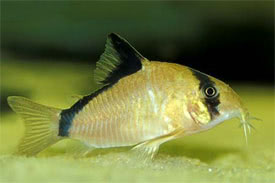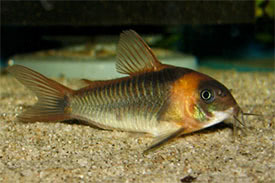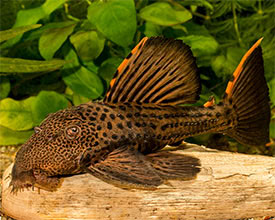
 Magyarul / Hungarian
Magyarul / Hungarian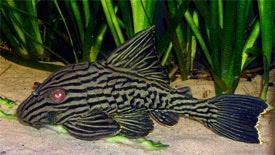

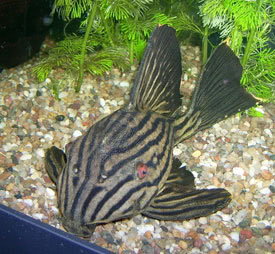
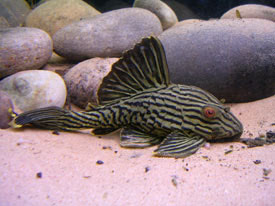
- Scientific name: Panaque nigrolineatus
- Synonyms: Cochliodon nigrolineatus, Chaetostomus nigrolineatus
- Common name: Royal Panaque, Royal Plecostomus, Black-lined Panaque
- Group: Catfishes
- Habitat: South America, Southern Columbia
- Size: 40 cm
- Biotope: The Putumayo River in Southern Columbia.
- Social behavior: A peaceful species which should only be combined with other placid fishes. A nocturnal species.
- Diet: Herbivorous, algae is basic, but will also accept tablets and vegetable flakes.
- Breeding: Unknown
- Tank: Minimum 300 litres
- Population: 1 pair for 400 litres
- Decoration: Needs a large tank with clear water, large stones, plenty of light and a strong current. Likes hiding places beneath roots, but dark hiding places are not as imperative as for other catfishes. Will not eat plants.
- Temperature: 22-26 °C
- pH: 6,5- 7,5
- Hardness: 2-15 NK°
- Lifespan: 10-20 years
Description: The Royal Panaque is covered everywhere but the belly with large bony plates. Its red-eyes are prominent against a zebra-striped background. The head is large, broad, and flat. The mouth is on the underside of the head and is shaped like a suction cup. The body color is black with long white to yellow stripe that extend the length of the body. The dorsal fin stands tall when erect. The iris of healthy individuals is bright orange to red. The species is standard for the genus. This species grows slowly and is sensitive to changes in water chemistry. Bare in mind that this fish will produce a lot of waste due to its diet so will need a large external filter which will turn the tank contents around about six times in the hour and give it a good water flow. The males develop very long interopercular odontes and hooked spines on the anterior pectoral fin spines. Very little to almost nothing documented on the breeding of royal plecos. Most are wild caught.


































